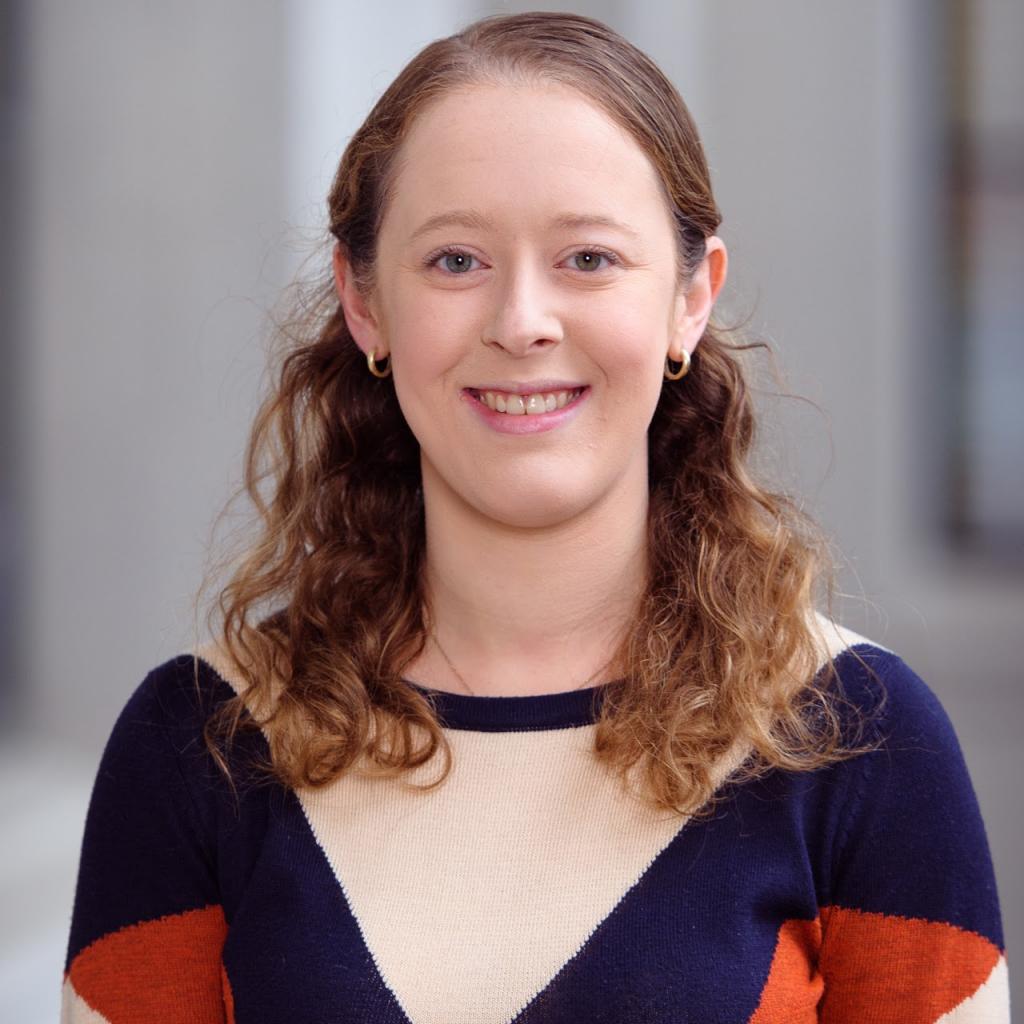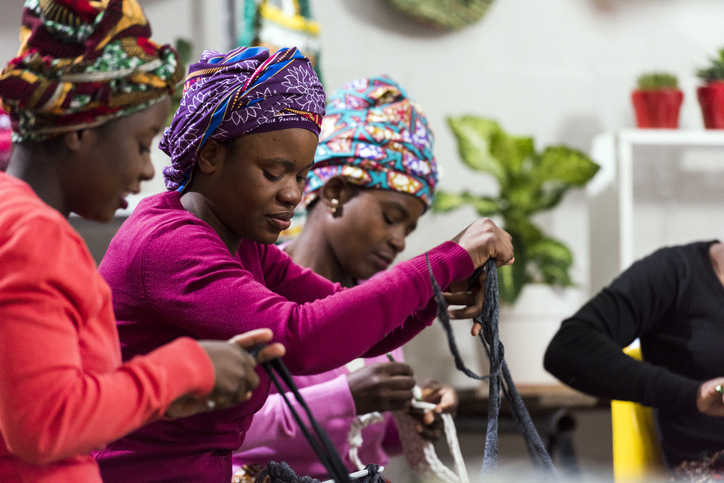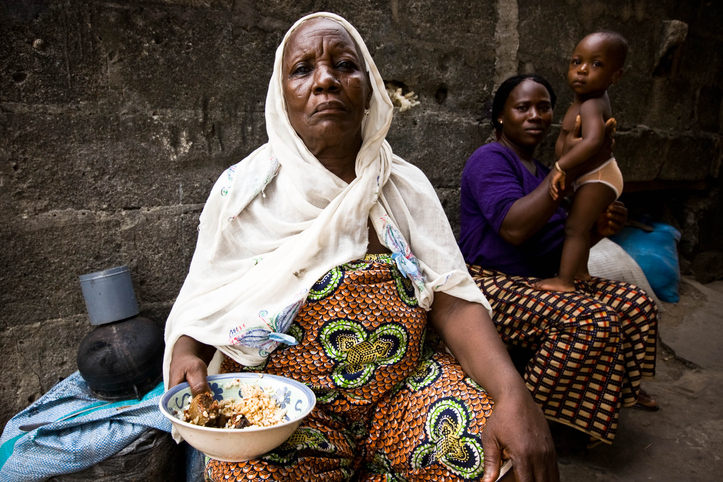How can policy-makers best identify the poorest households to participate in targeted social transfer programs with limited budgets? This column explores a way of harnessing community knowledge to capture an idea of well-being that goes beyond total consumption, while allowing the community to have agency in the local implementation of development policy.
A constant debate among researchers and practitioners of development policy is how best to identify the poorest households to participate in targeted social transfer programs with limited budgets. This task can be difficult in low-income countries because many households are poor, income from agriculture or the informal sector is often not well documented, and many households do not participate in the formal financial sector.
Given these challenges, a traditional solution has been to conduct very detailed expenditure surveys, where households are asked to consider carefully and recall everything that they have consumed over a specified period. The assumption is that those who report the lowest total per capita consumption are the poorest. Yet this method can be very time-consuming, difficult, and expensive to implement, especially when many households need to be surveyed.
In response, more cost-effective targeting methods have been developed. Two of the most commonly used are ‘proxy means testing’ and ‘community-based targeting’.
With the former, policy-makers use existing data to create a formula based on more easily observable household characteristics (such as demographics and asset ownership) to predict total consumption. Then for households that need to be targeted, policy-makers simply have to collect these more easily observable characteristics, and use their proxy means testing formula to predict total consumption.
Community-based targeting, on the other hand, is a participatory method, where a set of community members is asked to meet and identify the poorest households together. The idea is that neighbors can observe information at a lower cost than can be done by a more centralized implementer of a program.
If a policy-maker wanted to target a new social program with a limited budget, should they choose proxy means testing or community-based targeting? If we solely want to target households with the lowest per capita consumption levels, then there is research evidence (including from a study of 640 villages in Indonesia) showing that proxy means testing performs better than community-based targeting.
Proxy means testing also performs better than hybrid methods, which usually use community-based targeting to identify poor households, and then verify the poverty status of those households with a proxy means test formula. (It is important to note that neither method comes close to producing the welfare rankings suggested by an expenditure survey: the correlation between the expenditure survey rankings with the proxy means testing and community-based targeting rankings are about 0.5 and 0.4 respectively).
In a way, this should not be at all surprising as proxy means test formulas have the explicit goal of predicting per capita consumption, whereas community members in community-based targeting are tasked with identifying households that are ‘poor’.
There are certainly other dimensions of poverty beyond per capita consumption that we might imagine community members to take into account. If we explicitly asked community members instead to identify households with the lowest consumption levels, would they be able to do this? My current work in progress in Indonesia hopes to address this question, but as of now, researchers do not have an answer.
Yet community-based targeting methods may actually perform similarly or better when targeting based on other non-consumption welfare measures. There is not necessarily a strong theoretical reason to use total per capita consumption as our preferred measure of poverty.
Economists think that welfare is best explained by a notion of ‘utility’, which is the total usefulness or satisfaction that people get from their consumption. Notably, people may get different amounts of utility from the consumption of different types of goods, and they may choose to purchase different types of goods depending on their total income. Simply adding all expenditures together to get ‘total consumption’ ignores this important consumption basket composition-based variation.
Instead, we might want to give transfers to households that will have the largest marginal increase in utility from the transfer. In my 2020 study, I use a methodology for estimating a measure of marginal utility applied to data from the earlier study of Indonesia. I find that this measure can partially explain why community-based targeting ranks certain households as poor, after controlling for that household’s consumption level. Further, I find that community-based targeting and hybrid methods actually perform similarly to or better than proxy means testing methods at targeting based on this estimated marginal utility measure.
Beyond targeting quality, community-based targeting may be preferable to proxy means testing because it allows communities to take an active role in local policy implementation. Communities can target households based on a definition of poverty that makes sense in their local context, or even potentially choose to target households to meet other objectives, stimulating the local economy overall.
Indeed, research on Indonesia shows that community-based targeting leads to increased community satisfaction with targeting outcomes compared to proxy means test-based targeting.
An important caveat is that we need to make sure that community-based targeting does not lead to transfers being allocated in an ‘unfair’ way. This might arise, for example, if people in local positions of power have political incentives to give program benefits to friends or clients.
Evidence that this happens and actually causes bias in the community-based targeting process is mixed. For example, there is evidence from Indonesia for elite capture with a relatively small distortionary impact, and evidence from Malawi that elite capture exists but does not affect targeting accuracy. But policy-makers should be aware of this possibility in implementing community-based targeting regimes.
Overall, harnessing community knowledge may help policy-makers to capture a more holistic notion of well-being that goes beyond total consumption, while allowing the community to have agency in the implementation of development policy at the local level.






